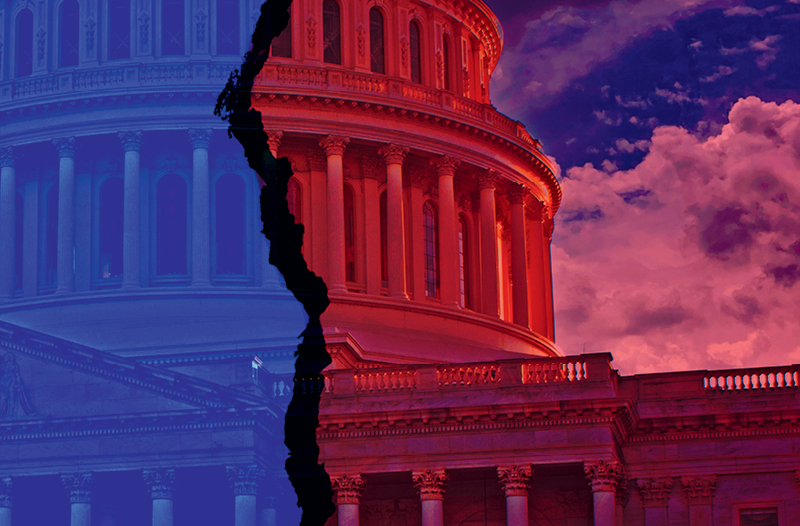
The Katrina Effect

Hurricane Katrina blew the price of property catastrophe retrocession stratospherically high.
After taking the hit in 2005, most major traditional sellers of the coverage—effectively, reinsurance for reinsurers—wanted less of the potentially lethal risk on their books. By 2006, the retro market had dried up completely.
Buyers, known as cedants, were forced to keep more of the high-level risk, but ironically they were rewarded: meteorological doldrums have dominated the decade since Katrina, making catastrophe risk very profitable indeed.
In the interim, prevailing winds in the lofty world of the retrocessionaires have radically changed direction. Alternative capital has overturned the dynamics of the traditional retrocession market. Property reinsurance risk is almost entirely uncorrelated to the threats that keep bankers awake at night, like interest rate risk, so they can charge lower prices for retro. Their fresh cash was poured bullishly into the highest levels of the global insurance market in 2013 and 2014. As a result, retro prices have fallen like a barometer before a storm.
Following a “rekindling of interest” among reinsurers in using capital-markets cash for retrocessional capacity, “collateralized reinsurance is now as much as 60% of all retro purchased,” says Paul Schultz, chief executive of Aon Benfield Securities.
Such retro presents zero credit risk because the contracts are backed by investors’ deposited unleveraged dollars equal to the maximum possible indemnity. Even if a massive catastrophe wipes out the traditional retrocessionaires, collateralized retro products will still have the means to pay up. Claims have already come through, Schultz reveals, and were paid “as you would expect.”
The retrocession market saw a slew of new entrants in 2014. The consumers of alternative capital among them are symptomatic of an increasingly sharp about-face on the part of the reinsurance sector when it comes to capital-markets involvement in their business. “As opposed to viewing it just defensively, as a threat, reinsurers are starting to see that this capital can be used to create better solutions for their own clients, which can help the whole industry grow,” Schultz says. “It’s an opportunity.”




